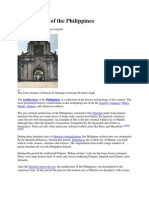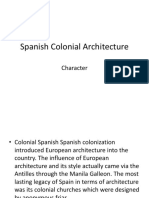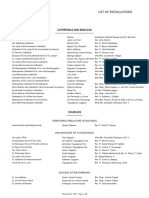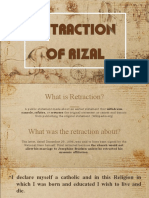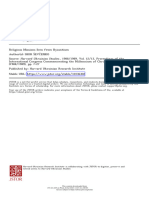0% found this document useful (0 votes)
94 views31 pagesGroup 3 Spanish Period Hoa4
The document discusses Spanish Colonial Architecture in the Philippines, focusing on church buildings, urbanization instruments, and colonial infrastructure. It highlights the impact of the Spanish colonial period on architectural styles, including the development of churches, institutional buildings, and domestic structures. Key elements include the Reduccion and Encomienda systems, the Laws of the Indies, and the significance of structures like Intramuros and various churches.
Uploaded by
REÑOS ARVINCopyright
© © All Rights Reserved
We take content rights seriously. If you suspect this is your content, claim it here.
Available Formats
Download as PPTX, PDF, TXT or read online on Scribd
0% found this document useful (0 votes)
94 views31 pagesGroup 3 Spanish Period Hoa4
The document discusses Spanish Colonial Architecture in the Philippines, focusing on church buildings, urbanization instruments, and colonial infrastructure. It highlights the impact of the Spanish colonial period on architectural styles, including the development of churches, institutional buildings, and domestic structures. Key elements include the Reduccion and Encomienda systems, the Laws of the Indies, and the significance of structures like Intramuros and various churches.
Uploaded by
REÑOS ARVINCopyright
© © All Rights Reserved
We take content rights seriously. If you suspect this is your content, claim it here.
Available Formats
Download as PPTX, PDF, TXT or read online on Scribd
/ 31











